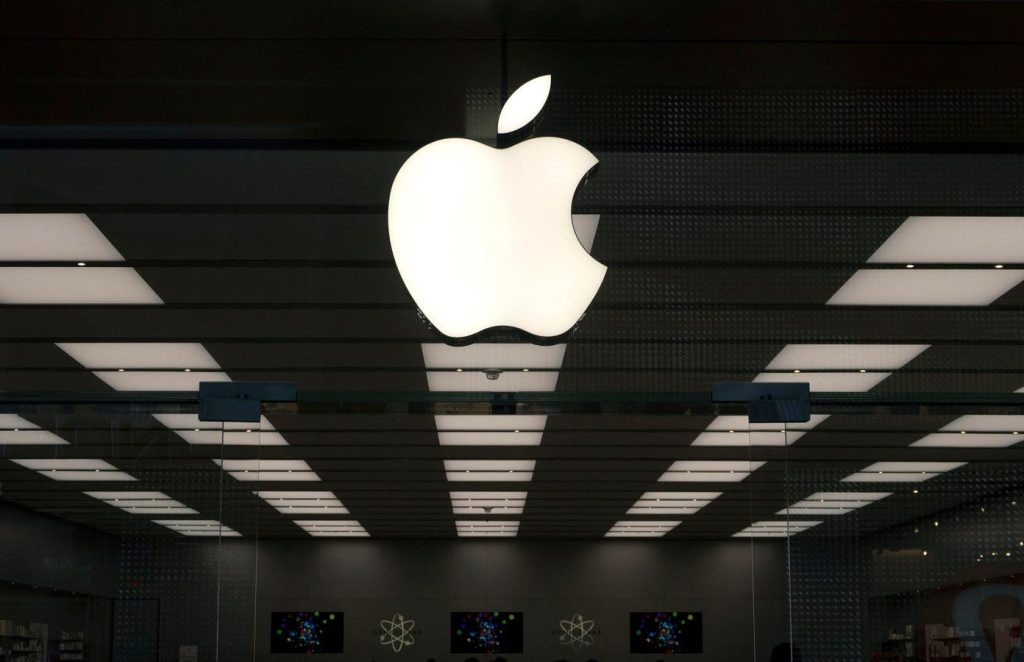Apple
AAPL
Apple’s computing products have seen the biggest hit of late as demand from the remote working and learning trend has eased following the pandemic, with PCs and tablets at large taking a hit. For perspective, Apple’s Mac revenue fell 34% to $7.6 billion in Q4, while iPad revenue was $6.4 billion, down 10%. However, it is likely that the PC market is bottoming out, with demand expected to pick up from the next year, with trends such as generative artificial intelligence expected to boost overall IT spending and demand for computers. Sales of the iPhone have proven a bit more resilient with revenue up 3%, given the traction that Apple is seeing in emerging markets such as India, Indonesia, and Turkey with financing plans and trade-in programs helping drive demand. Moreover, the launch of the iPhone 15 late in the last quarter could also help Apple to an extent. Although Apple has largely held on to prices across the line-up, a more favorable sales mix skewed towards the top-end iPhone Pro models could drive revenue growth. Investors are also likely pleased with the surprise turnaround in growth for Apple’s highly lucrative services segment. Services sales grew 16% to $22.3 billion in Q4, returning to double-digit growth, after growing by just 5% in Q2 and 8% in Q3 FY’23, led by the App Store, advertising, AppleCare, iCloud, payment services, and AppleTV+. Apple says that it now has over 1 billion paid subscriptions on its platforms, with its total device installed base standing at over 2 billion. Apple’s gross margins are also surging to record highs. Over Q4, margins stood at 45.2%, up 70 basis points sequentially. This growth has been driven by a favorable product mix – with Apple getting customers to opt for the pricier Pro version of its products – and also due to higher service sales. Products gross margin stood at 36.6%, up 120 basis points sequentially, while Services gross margin stood at 70.9%, up 40 basis points from last quarter.
Overall, AAPL stock has seen extremely strong gains of 40% from levels of $130 in early January 2021 to around $185 now, vs. an increase of about 20% for the S&P 500 over this roughly 3-year period. However, the increase in AAPL stock has been far from consistent. Returns for the stock were 35% in 2021, -26% in 2022, and 45% in 2023. In comparison, returns for the S&P 500 have been 27% in 2021, -19% in 2022, and 17% in 2023 – indicating that AAPL underperformed the S&P in 2022. In fact, consistently beating the S&P 500 – in good times and bad – has been difficult over recent years for individual stocks; for other heavyweights in the Information Technology sector including MSFT, NVDA, and AVGO, and even for the megacap stars GOOG, TSLA, and AMZN. In contrast, the Trefis High Quality Portfolio, with a collection of 30 stocks, has outperformed the S&P 500 each year over the same period. Why is that? As a group, HQ Portfolio stocks provided better returns with less risk versus the benchmark index; less of a roller-coaster ride as evident in HQ Portfolio performance metrics. Given the current uncertain macroeconomic environment with high oil prices and elevated interest rates, could AAPL face a similar situation as it did in 2022 and underperform the S&P over the next 12 months – or will it see a strong jump?
Despite signs that Apple could see a turnaround in demand, we value Apple at about $178 per share, which is 4% below the market price. We think Apple’s valuation is a bit rich with the stock trading at about 28x 2024 earnings, which is elevated compared to historical levels. Moreover, revenue growth is also likely to remain in mid-single digit levels over the next two years, per consensus estimates. See our analysis of Apple Valuation for more details on what’s driving our price estimate for Apple and how it compares with peers.
Invest with Trefis Market Beating Portfolios
See all Trefis Price Estimates
Read the full article here















